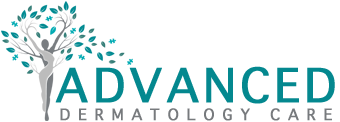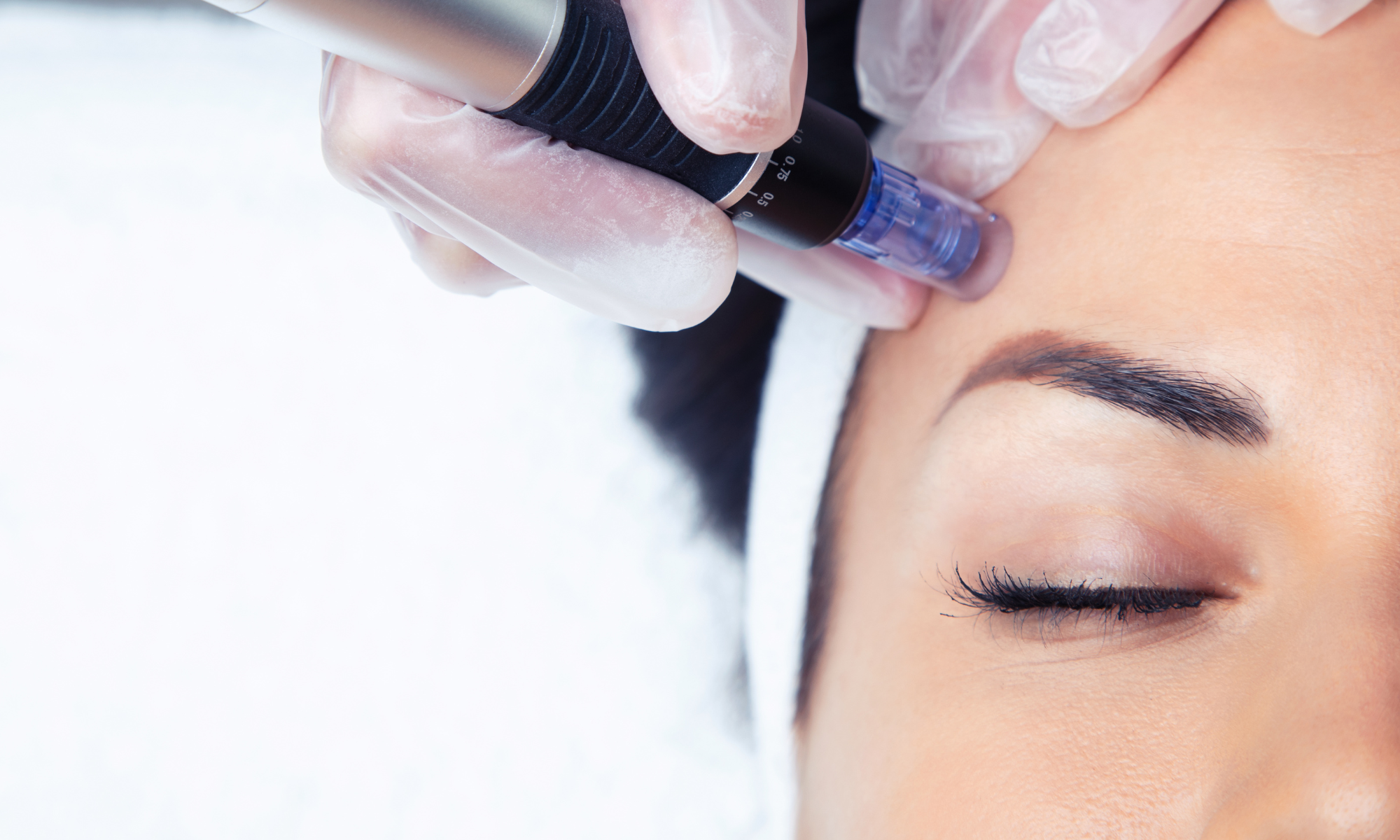Banishing acne and its remnants, such as scars and pockmarks, has been a quest that countless individuals have embarked upon. When over-the-counter treatments and skincare regimens no longer cut it, one might turn to the dermatologist’s office for what could be the solution to their skin woes. Microneedling has emerged as a popular treatment among those seeking to improve post-acne skin texture. But does this trendy method live up to its growing reputation?
In this comprehensive breakdown, we’ll explore the science behind microneedling, its efficacy for acne, and what you need to know if you’re considering adding this procedure to your skincare regimen.
The Basics of Microneedling
Microneedling, also known as collagen induction therapy (CIT), involves using a device covered in tiny, shallow needles to puncture the skin. The idea is that the micro-injuries trigger the body’s wound healing process, leading to increased collagen and elastin production, which ultimately serves to rejuvenate the skin.
It’s important to grasp the motivation behind the ‘controlled injury’ concept. Microneedling is fundamentally a healing response tool – the body’s reparative power is harnessed to improve skin appearance.
What to Expect During a Microneedling Session
During a microneedling session, a dermatologist or specialist will use a handheld device to roll over the skin, creating thousands of minuscule ‘microtraumas.’ The procedure is typically not painful due to the numbing cream often applied beforehand. Post-treatment, you might experience redness and minor discomfort, which typically subsides within a few days.
The Mechanism Behind Microneedling
The foundation of microneedling’s benefits is deeply rooted in the physiology of skin repair. Following the treatment, the skin kicks into overdrive with the production of collagen, our body’s main structural protein responsible for skin strength and elasticity.
Collagen is an elusive quarry in skincare – a molecule that everyone seeks to capture in their pursuit of youthful skin. Microneedling, however, may just be one of the more successful means to coax the skin into producing it naturally.
A Detailed Look at the Collagen Effect
The micro-injuries inflicted during the microneedling procedure cause the skin to generate new collagen and elastin, which can reduce the appearance of acne scars, fine lines, and wrinkles. It’s this promised increase in collagen that fuels the enthusiasm for microneedling as an acne treatment.
However, a word of caution is in order. While the science overwhelmingly supports microneedling’s ability to stimulate collagen production, the extent to which it can completely banish acne scars largely depends on their type, depth, and the number of treatments received.
Efficacy and Limitations for Acne
Microneedling holds significant promise for acne treatment, particularly for those with atrophic, or depressed, acne scars. Several studies have demonstrated its efficacy in improving the texture and appearance of such scars. The treatment’s potential for hyperpigmentation, a common post-acne issue, is less clear.
It’s important to manage expectations. Microneedling is not a miracle cure for acne. For active acne, the procedure may not be appropriate, as needling can exacerbate inflammation. For this reason and others, it’s crucial to consult with a dermatologist to determine if microneedling is the right choice for your specific case.
The Science on Scars
Research has shown that microneedling can significantly reduce the depth of atrophic acne scars, which is a promising result for those dealing with this type of scarring. However, it’s critical to understand that scarring is inherently complex, and no single treatment can guarantee complete reversal.
Post-Procedure Care and Timing
Following a microneedling session, how you care for your skin is as important as the procedure itself. Post-treatment home care typically involves gentle cleansing and the application of soothing serums and creams. For optimal results, multiple sessions spaced several weeks apart are usually recommended.
One of the key aspects of microneedling’s success is the body’s natural healing process. Too frequent treatments may not allow the skin enough time to recover and rebuild, potentially leading to poor results or complications.
Setting Realistic Expectations
It’s important for individuals undergoing microneedling to set realistic expectations. Significant improvements in scar appearance can be achieved, but complete eradication may not be possible. Understanding this ensures satisfaction with the results.
Safety and Side Effects
Microneedling is generally considered safe, but like any cosmetic procedure, there are risks. Possible side effects include bruising, redness, and swelling, especially after the first session. It’s also essential to ensure that the procedure is carried out using sterile needles to avoid infection.
For those with a history of keloid scarring or an active skin infection, microneedling may pose additional risks. As with any procedure, it’s crucial to provide a comprehensive medical history to your provider.
Mitigating Risk
Selecting a qualified professional who uses FDA-cleared devices is the best way to reduce the risk of adverse effects. Remember, microneedling is a medical procedure, and should be treated with the same level of care and consideration as any other medical treatment.
Combining Microneedling with Other Therapies
Microneedling can be combined with other treatments to enhance results. For example, applying topicals such as hyaluronic acid or platelet-rich plasma after the needling can improve their absorption and efficacy.
In the context of acne, combining microneedling with other procedures, such as chemical peels or laser therapy, may address a broader range of skin issues and improve outcomes.
The Possibilities of Combination Therapy
One combination that has been increasingly explored is microneedling with radiofrequency (RF). RF microneedling delivers energy to the deeper layers of the skin, further stimulating collagen production. This dual approach may yield more dramatic improvements in skin texture and scarring than either procedure alone.
Final Considerations and Verdict
Microneedling’s ability to trigger the body’s natural collagen production is a powerful benefit, particularly for those dealing with acne scarring. The procedure is considered safe and can bring about notable improvements in skin texture and appearance.
However, it’s critical to manage expectations and understand that while significant improvements can be achieved, complete scar eradication is not guaranteed. The success of microneedling for acne depends on various factors, including scar type and depth, as well as the patient’s individual response to the treatment.
When considering microneedling as part of your skincare routine, the key is research and consultation. A thorough discussion with a dermatologist can help you understand whether microneedling is the right course of action for your skin concerns.
Remember, the road to clear skin is not a one-size-fits-all endeavor. What microneedling can offer is a chance – a chance for your skin to regenerate and revitalize, a chance to reduce the reminders of acne that have lingered long past their unwelcome stay. And for many, that chance is more than enough to justify its place in the pantheon of dermatological treatments.

